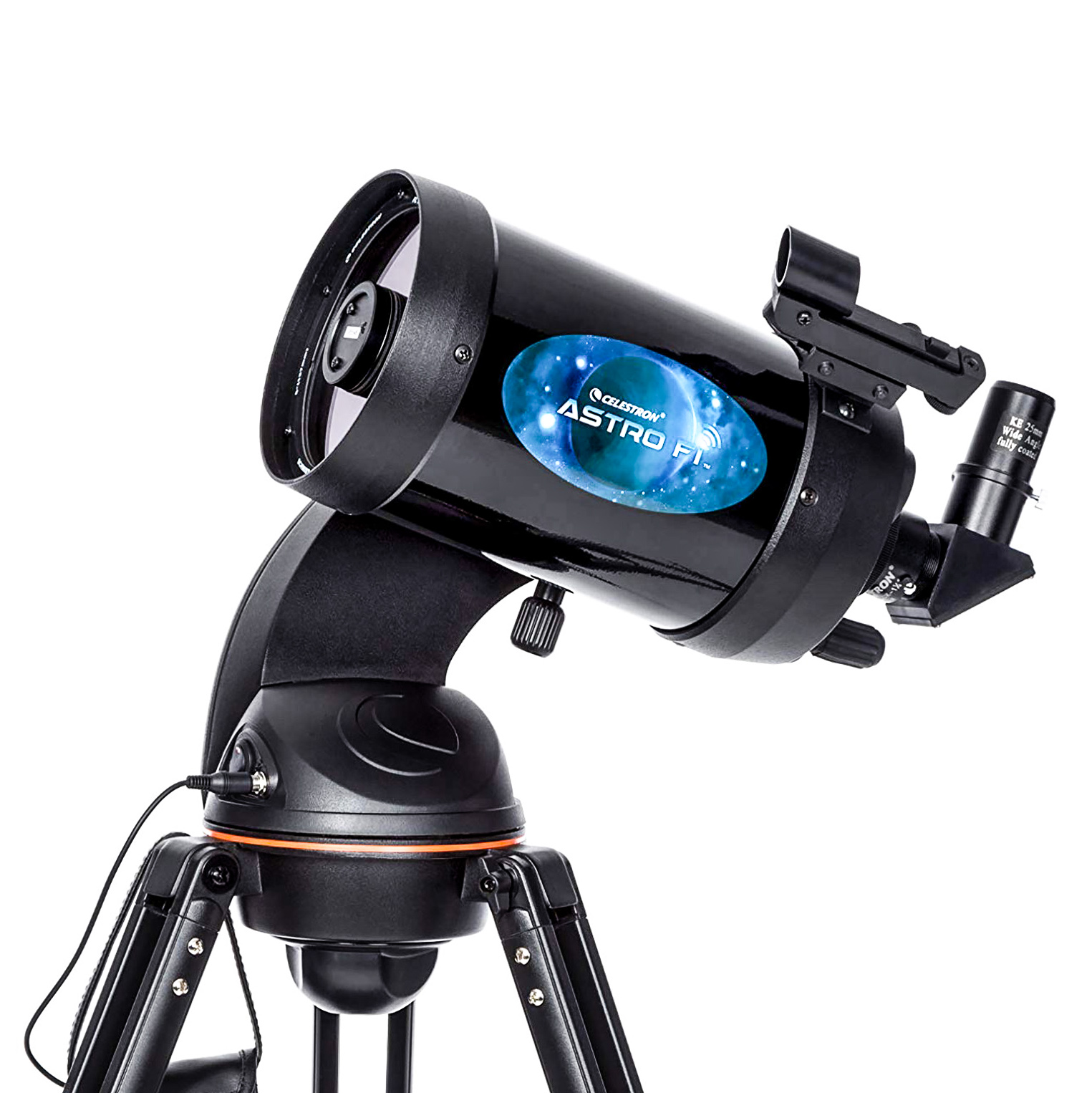Best telescopes for beginners
Discover the wonders of the night sky with these top-quality telescopes for beginners
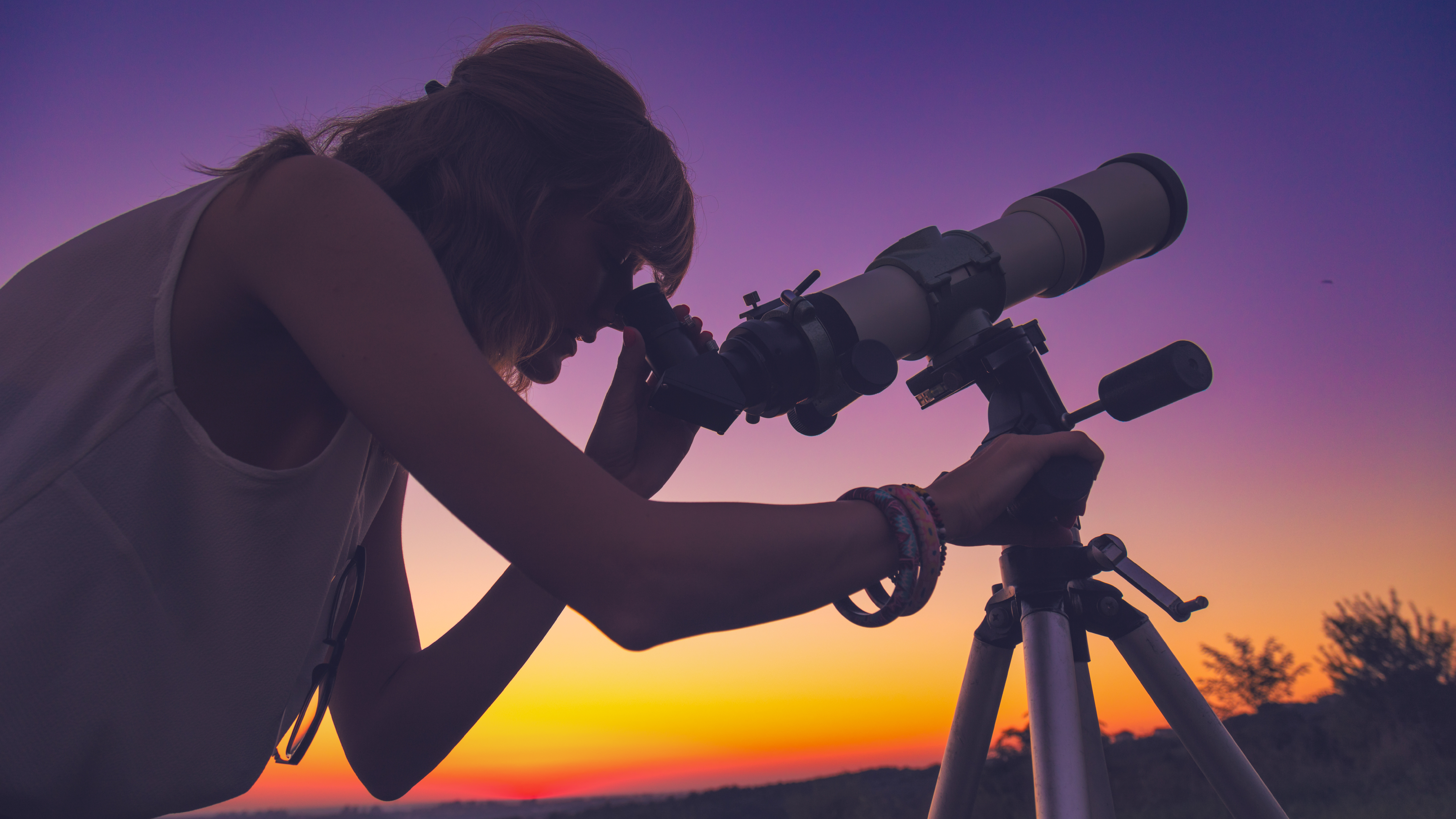
Gazing up the night sky at the stars and planets can be a wonderful thing to do. It may involve standing in the cold for hours, but the sense of satisfaction you can achieve is unrivalled.
Telescopes are not a new invention, but the 21st century has seen improvements that make amateur astronomy a hobby that anyone can take part in. You no longer need to use star maps or wheels to find an object, before manually guiding your scope toward it - though you still can if you want. Modern computerized telescopes on auto-guided motorized mounts do the work for you, and all you have to do is look through the eyepiece.
Thanks to wireless tech, you don’t even need to stand outside if you don’t want to. Smart telescopes are available with built-in cameras and Wi-Fi connections, so you can sit in the warm with a mug of cocoa and use a tablet app to control your telescope, the images it creates appearing on the screen for you to enjoy.
The best telescopes for beginners are either smaller and cheaper than the pricey rigs used by serious astronomers and astrophotographers - or they can also be more automated, justifying the extra investment making observing the night sky that much easier.
These telescopes will reward you with great views of the Moon, the planets, and the nebulae and galaxies that lurk in the darkness. Most of the scopes on this list are optimized for night-time use, but some - such as the refracting type that use lenses rather than mirrors to create their image - can be used for birdwatching too.
Best beginner telescopes: top picks
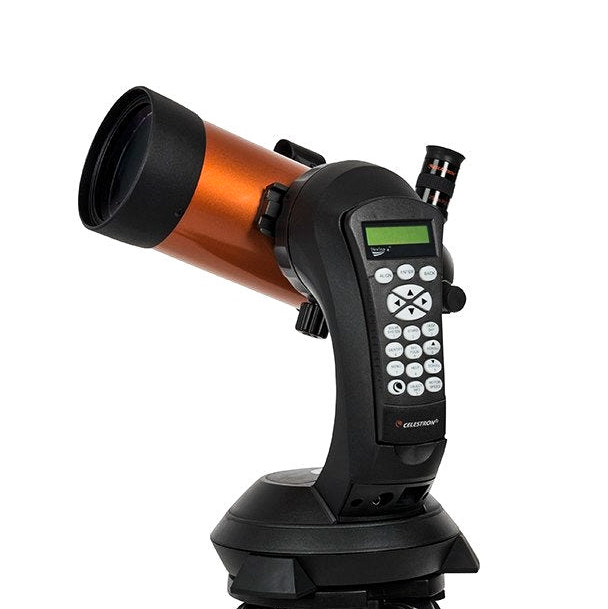
Our top telesope for beginners has a computerized GoTo mount that will navigate automatically to over 40,000 celestial objects. The NexStar range has been one of the best-selling for years, and is the perfect starter scope for most people.
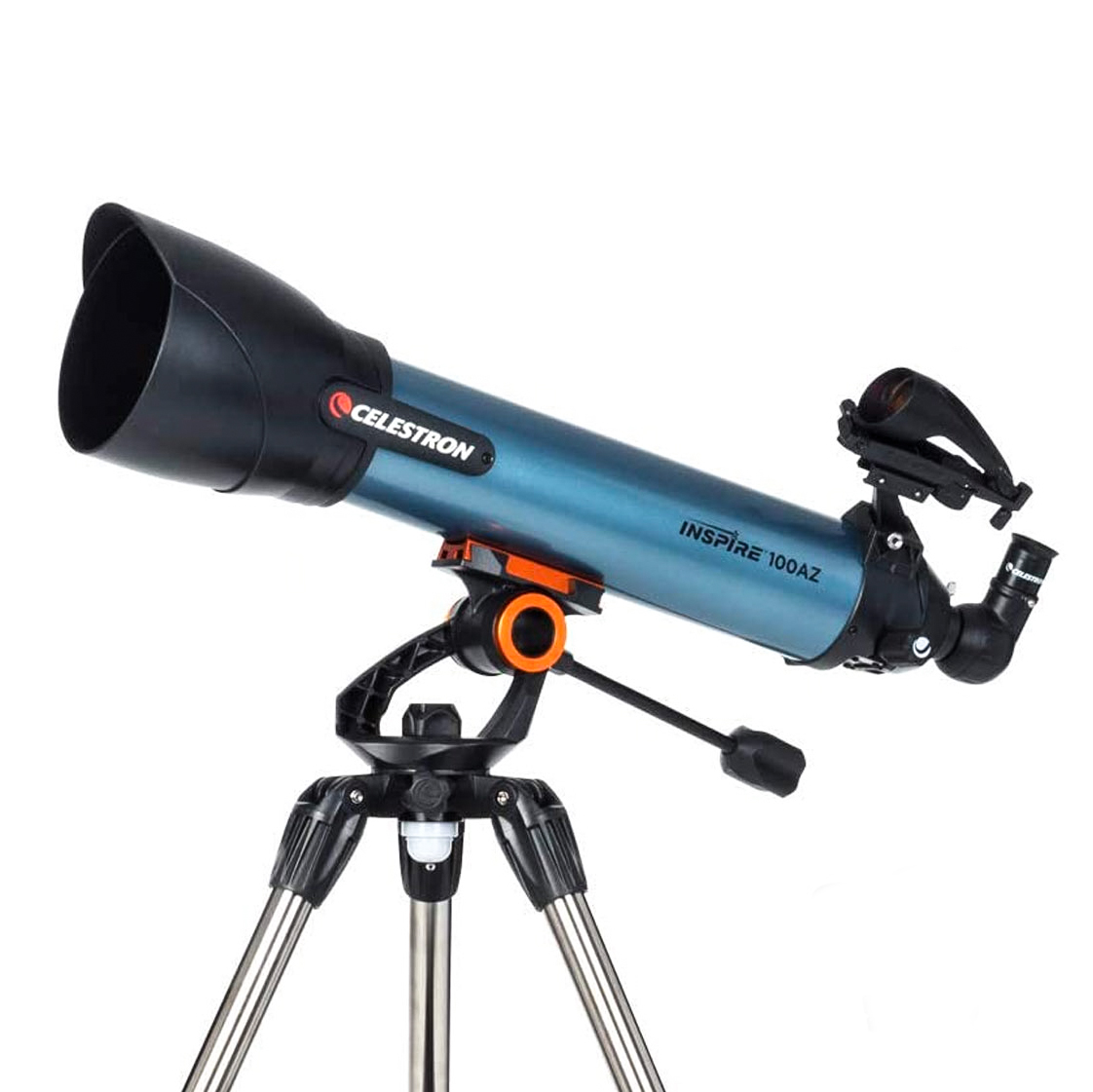
If you are prepared to do it the traditional way, and find your own stars and planets in the night sky, this is the best of the non-motorized telescopes around. It comes in kit including a tripod and two eyepieces to get you started.
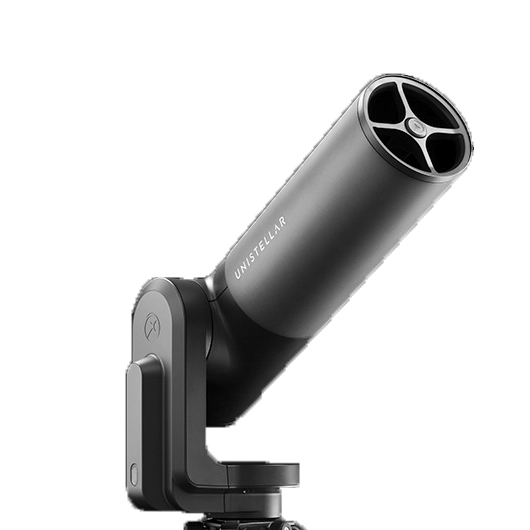
The best of the new breed of smart telescopes, that come with a built-in camera that beams the images to your phone or tablet, so you don't need to look down an eyepiece, and can even control the telescope explore the universe from indoors.
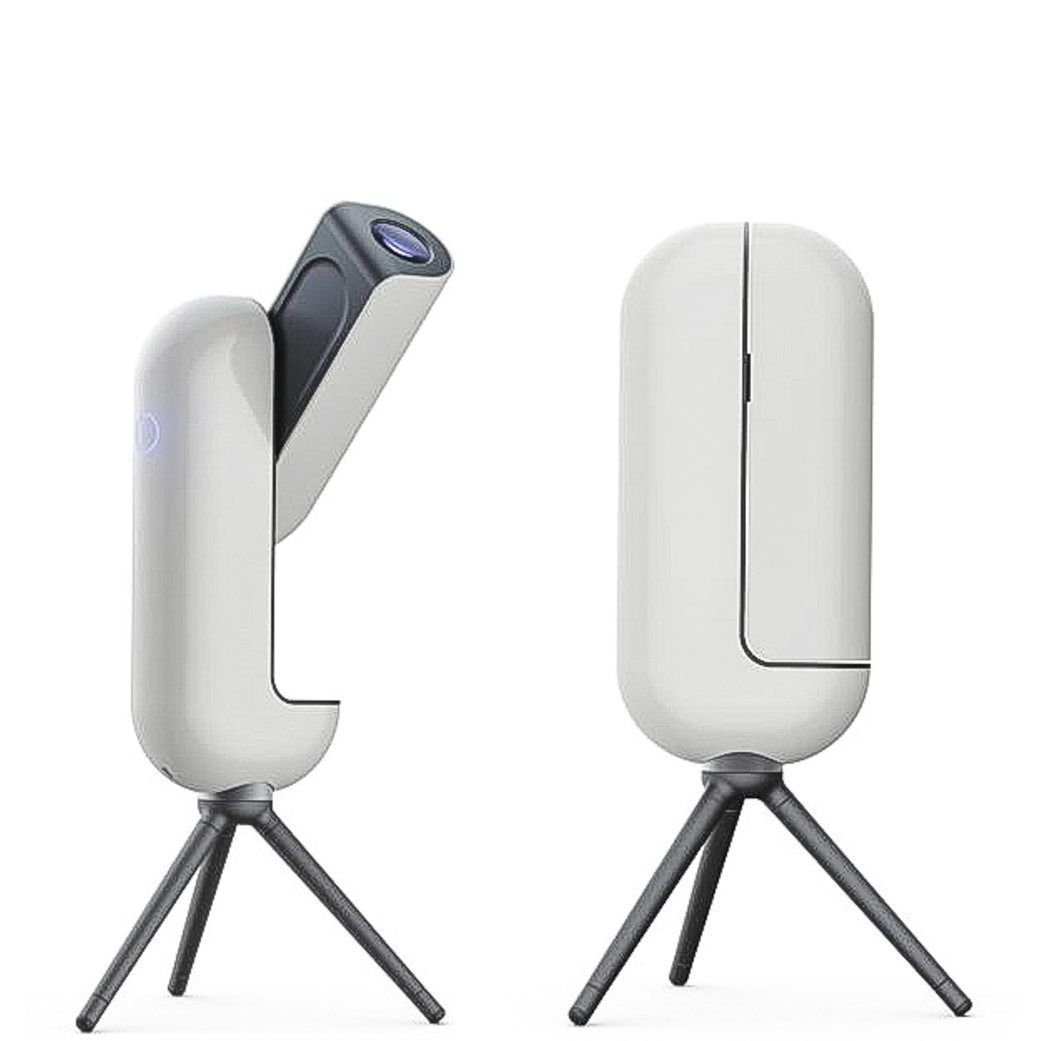
The convenience of smart telescopes doesn't come cheap, but if you want a budget option that you can navigate the night skies from your phone, the Vaonis Vespera II represents a great value route to state-of-the-art tech.
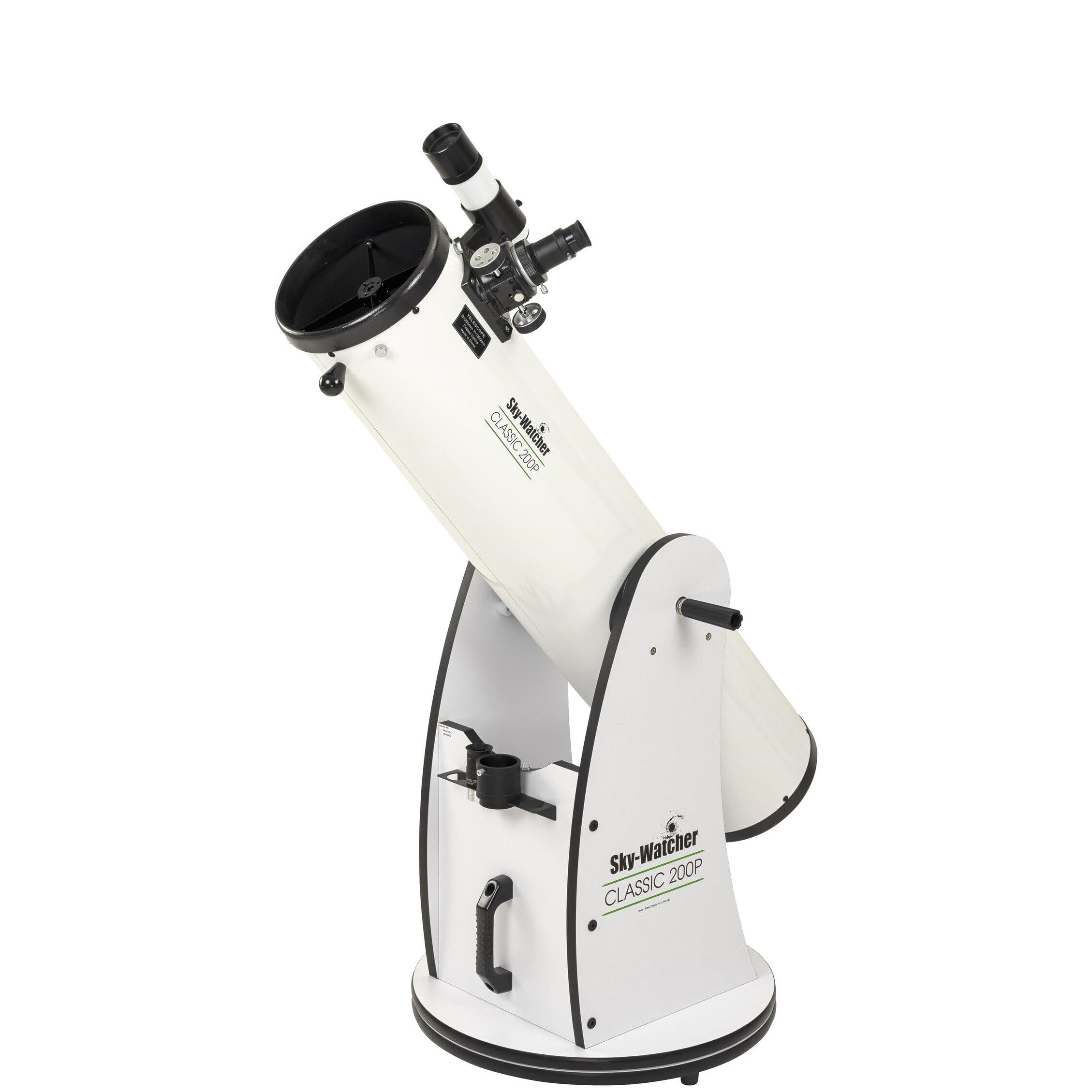
If you want to look at the colorful galaxies in the night sky you need a bigger telescope than most beginner models offer. This 8-inch model gives you bucket loads of light-gathering power and comes a built-in non-motorized Dobsonian mount.

This telescope offers amazing value for those on a tight budget, and offers enough magnification to see the rings of Saturn, or details of the lunar surface. It is sold as a kit with a basic tripod and two eyepiecees, making it a great gift for a budding astronomer.
Load more products ↴
The best telescopes for beginners
Why you can trust Digital Camera World
Best telescope overall for beginners
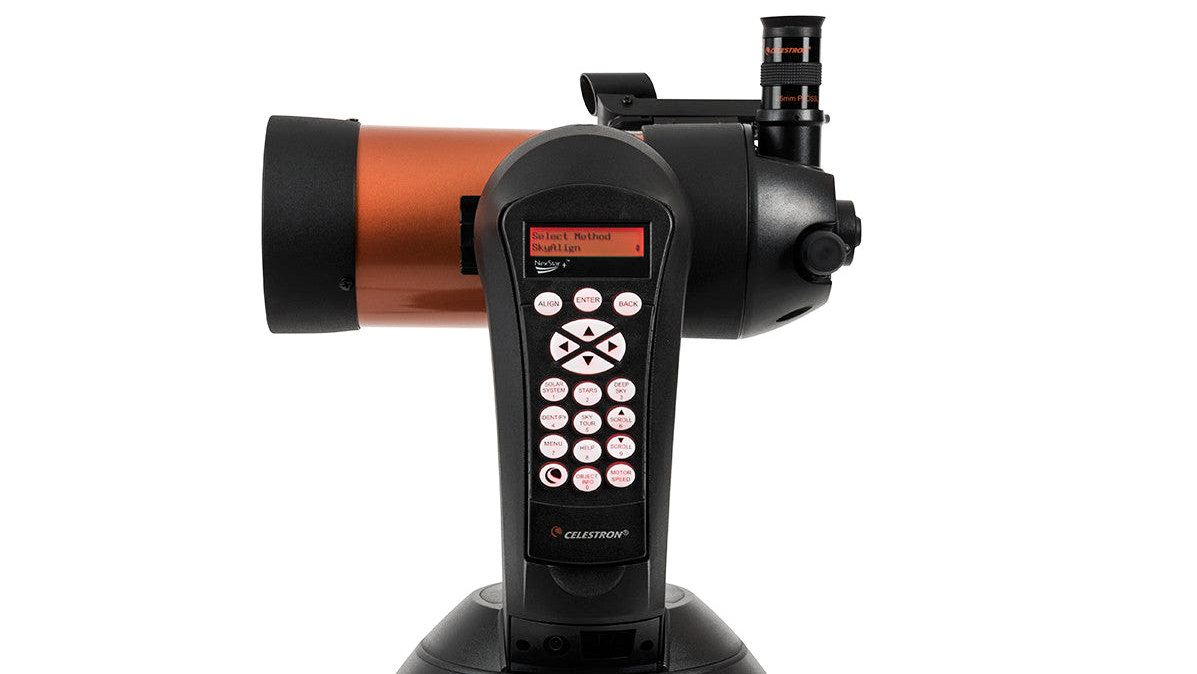
1: Celestron NexStar 4SE
Specifications
Reasons to buy
Reasons to avoid
Celestron’s classic orange tubes are instantly recognisable, and this Maksutov-Cassegrain reflector is no exception. It uses a single-arm mount that’s simple to set up and looks graceful, but also has an auto-guiding system that can easily move from object to object in the night sky, all controlled by a computerized hand controller rather than a smartphone app.
It’s worth noting that the Nexstar 4E only comes with one eyepiece, meaning you’ll be unable to alter the field of view until you get another one, but as it is this is a great choice for viewing the Moon and planets.
Best traditional telescope for beginners
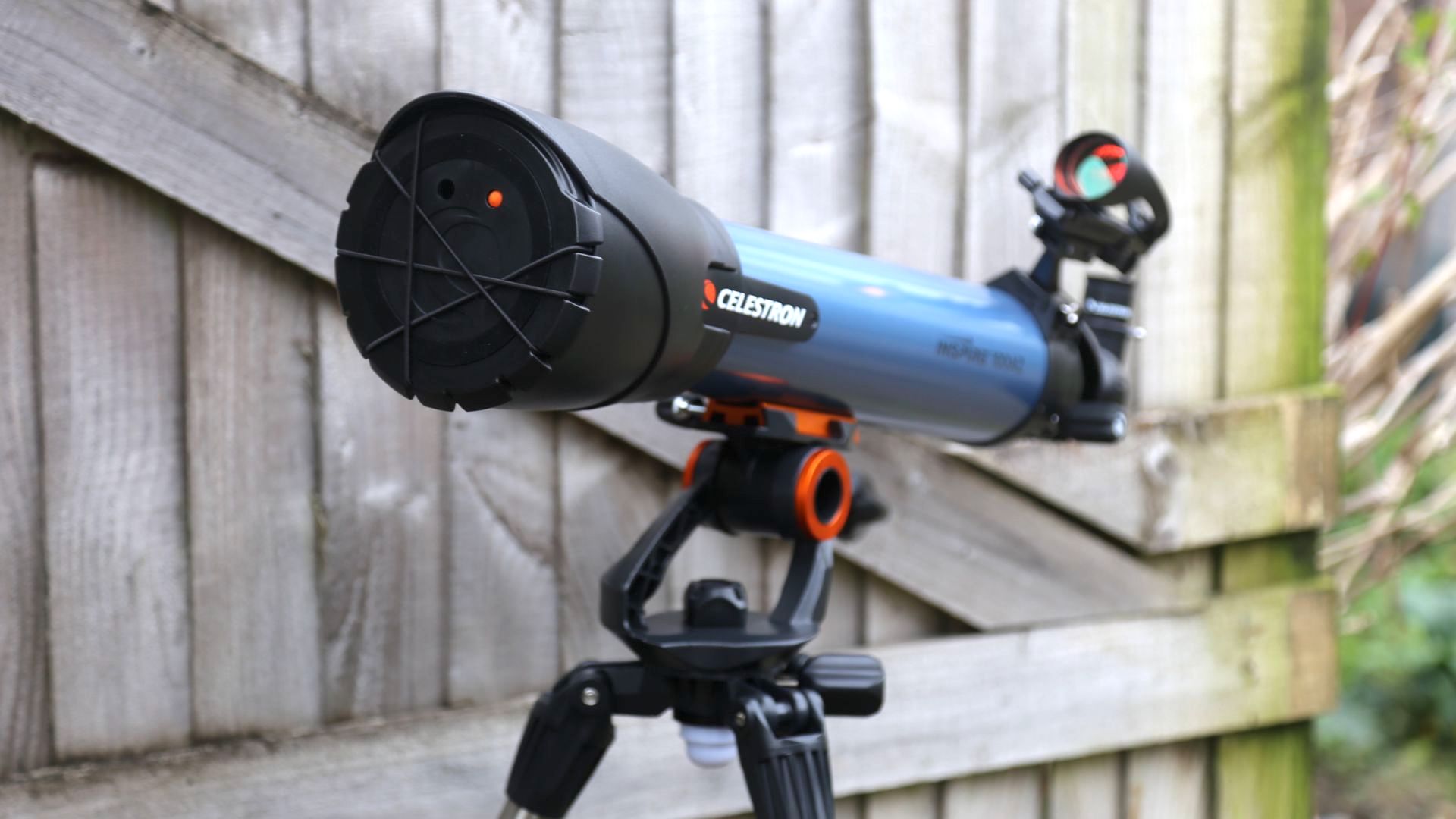
Specifications
Reasons to buy
Reasons to avoid
This basic refractor scope is all you need to start stargazing. It’s ideal for peering at the Moon, picking out its distinctive impact craters, rilles and maria, and can give you a view of the planets and deep sky objects too.
The telescope kit contains everything you need to begin your journey through the night sky, with two eyepieces - giving higher and lower magnifications - plus a simple two-axis altazimuth mount and tripod. It’s light, and quick to assemble, making it ideal for taking out with you in search of dark skies. As it’s not motorized, you don’t need to worry about having any power tanks either.
The eyepiece cap functions as a smartphone adapter, with two cords to hold your phone in place with its camera staring down the scope to open up the world of astrophotograpy, or just to make observing more convenient.
Best smart telescope for beginners
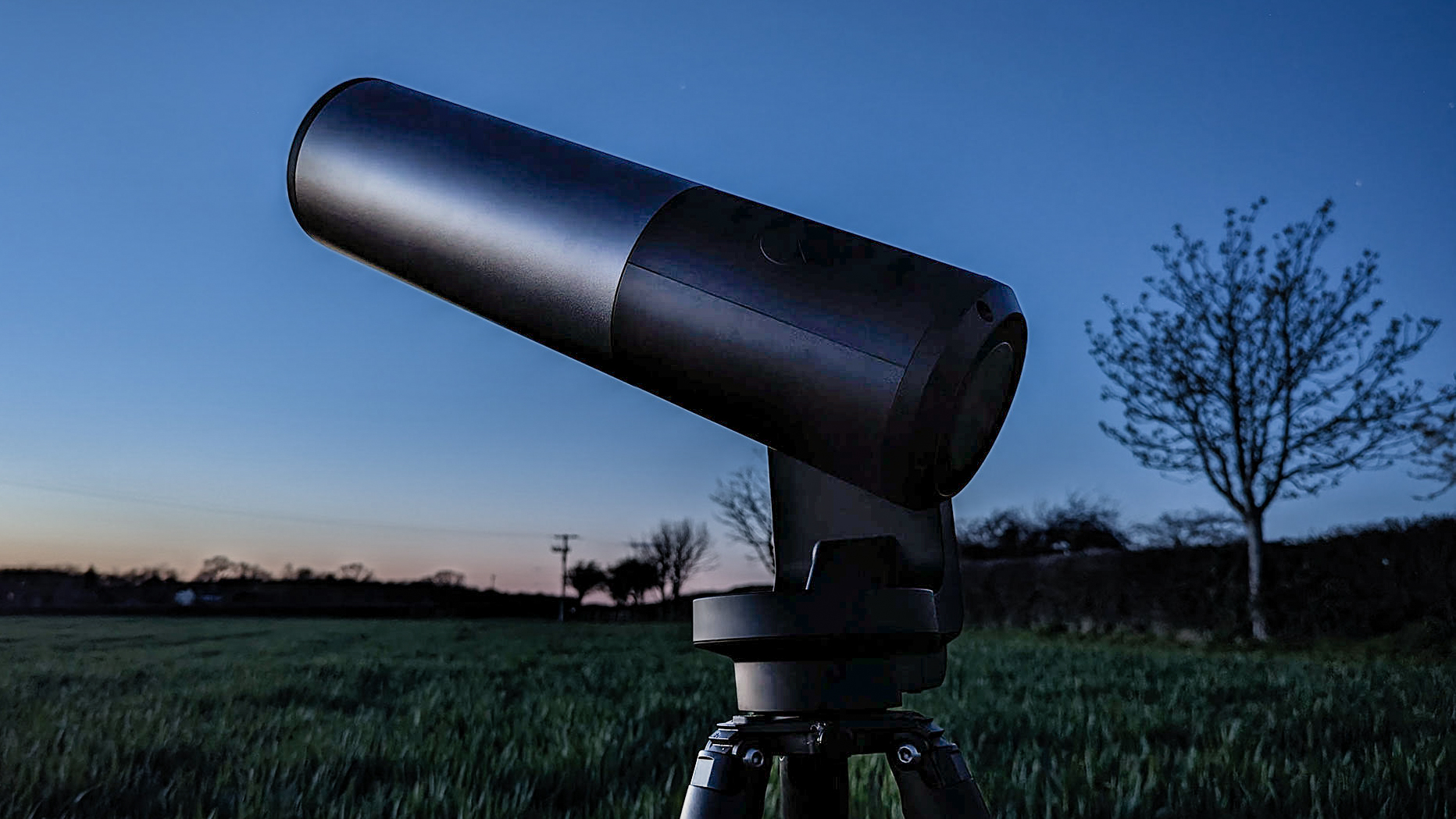
Specifications
Reasons to buy
Reasons to avoid
For centuries, astronomers have moved their scopes across the sky in search of the objects they wish to observe. ‘Then along come motorized mounts and computerized position catalogues and spoil all that fun. Unistellar’s eQuinox 2 is a one of a new generation of smart telescopes that can pick out over 5,000 celestial objects, and all you have to do is use its companion smartphone app to find them, though you can move the tube using manual controls if you want.
The scope itself has a built-in 6.2MP camera and calibrates itself, sending the pictures wirelessly to the phone/tablet app for you to enjoy – so there is no need to peer down a viewfinder. It’s expensive for a beginner (though not the most costly scope from Unistellar, and a drop in the ocean compared to some astrophotography setups) but its all-in-one, full automatic nature makes it easy to home in on something spectacular in the night sky.
Best budget smart telescope for beginners
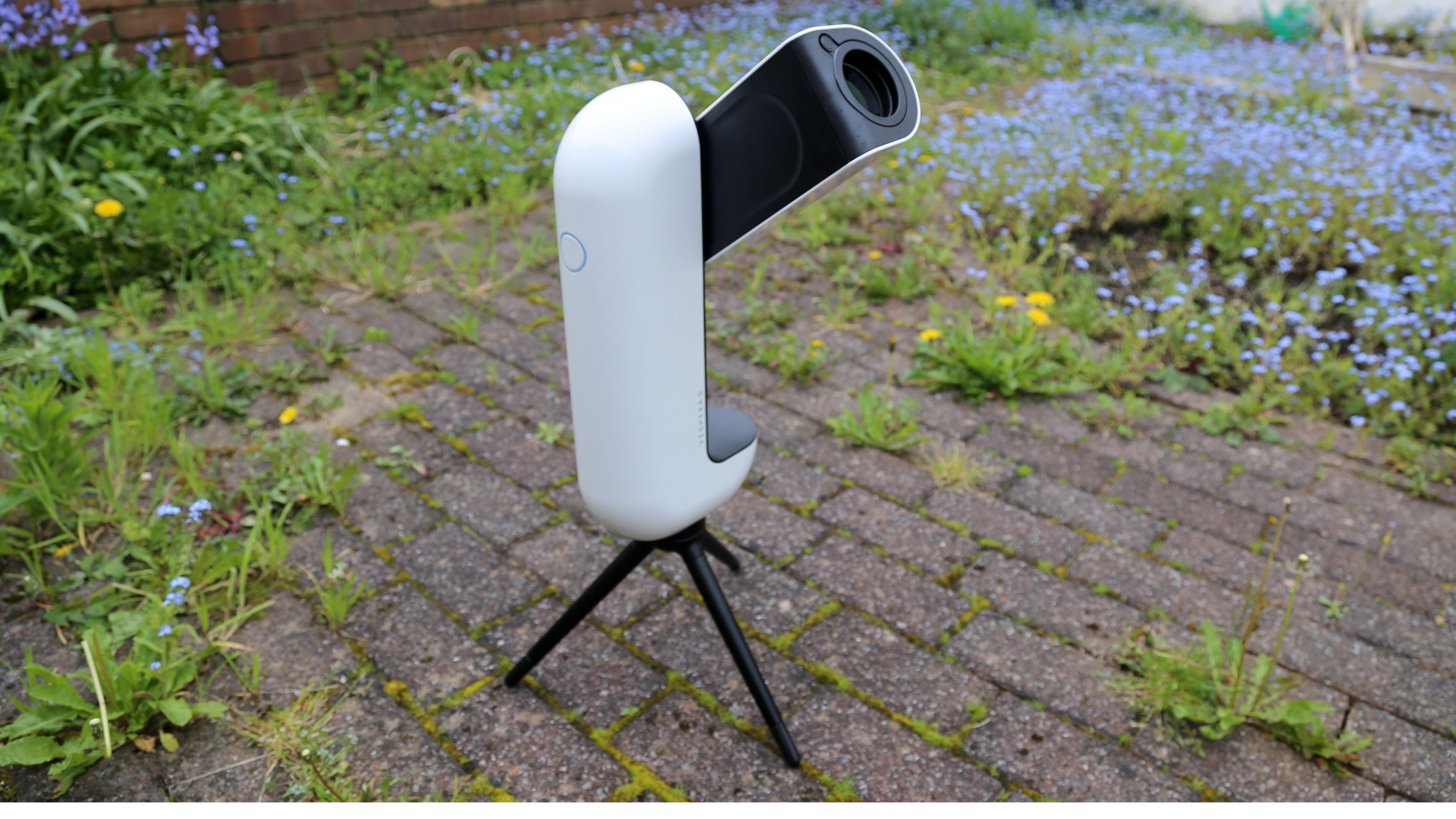
Specifications
Reasons to buy
Reasons to avoid
This auto-guided wireless unit combines scope and camera to provide great views of the night sky. It calibrates itself - all you need to do is make sure it’s level - and then communicates with its phone/tablet app to let you choose what you want to see.
Once the Vespera has found its target, it tracks them through the sky, taking a photo every ten seconds and stacking them as you watch so the light of the subject gradually emerges from the blackness of space and the background stars. There's not much magnification on offer here, so it’s not ideal for looking at planets or individual stars, but the larger nebulae and galaxies show up well, though you can sometimes need to spend hours waiting for the telescope to stack enough images to get a clear view of them.
Check out our full best smart telescope guide
Best beginner telescope for deep space

4: Sky-Watcher Skyliner 200P
Specifications
Reasons to buy
Reasons to avoid
An eight-inch reflecting telescope like this gives you a lot of light-gathering power, so you’ll be able to pick out the fainter galaxies as well as get a good view of the planets or details of the lunar surface thanks to its high magnification.
There's no need for a tripod with a Dobsonian mount - you can place the scope anywhere, such as on a garden table, as long as it’s level. There's no motorization or computer tech in this scope though, so you’ll need to know where you’re pointing it with the help of a star wheel or an app on your phone.
And while the base can be collapsed for easy transport, and the tube comes apart into two pieces, the setup still weighs over 20kg, something to take into account before trying to carry it up a hill at night.
Best computerized telescope for beginners
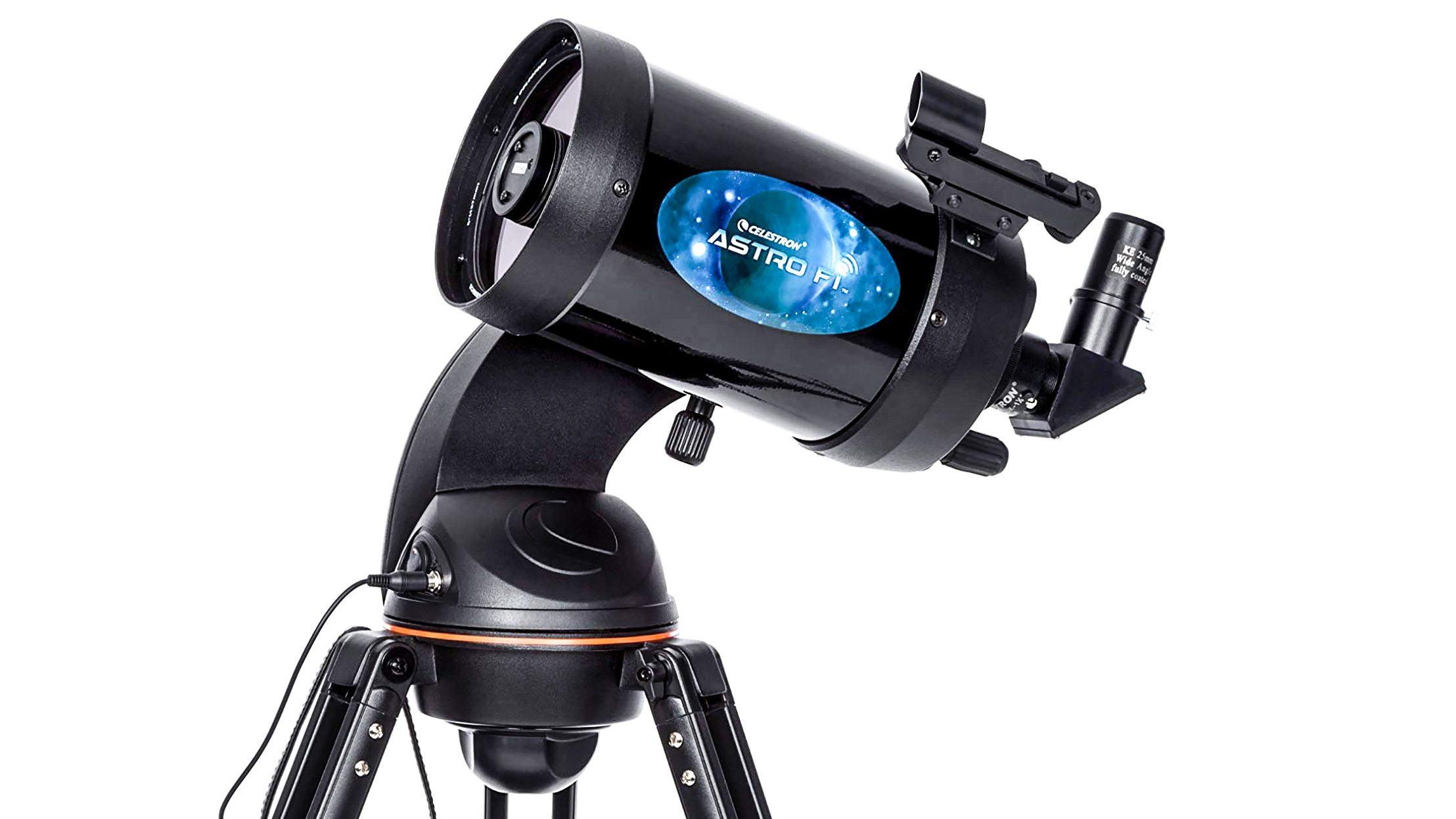
5: Celestron Astro Fi 102mm
Specifications
Reasons to buy
Reasons to avoid
The Maksutov-Cassegrain design of telescope uses two specially curved mirrors to reflect light up and down its tube, as opposed to the classic Newtonian reflector which uses one curved mirror and one flat one.
This leads to a shorter telescope tube and a more compact setup, which is ideal for transport or just storing at home if you don’t have enough space for a larger scope.
This particular model sits on a motorized mount that can be controlled using a smartphone or tablet app, and creates its own wireless connection so you can use it while you’re away from your home internet connection, though you’ll need a power source you can take with you - an AA battery pack is available.
Best $100 telescope
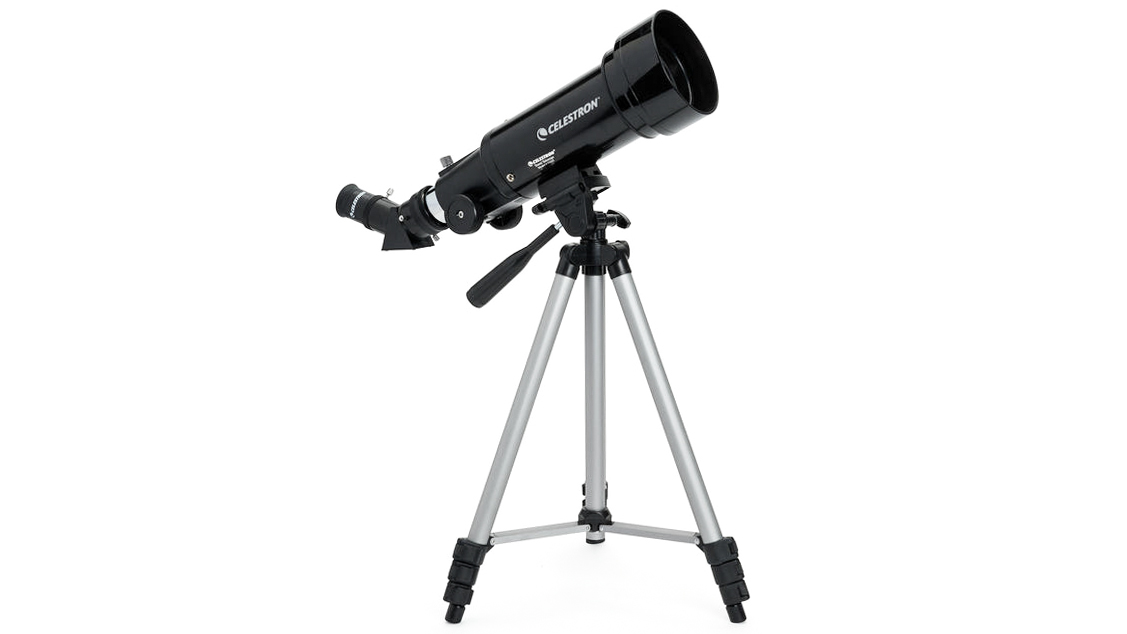
6: Celestron Travel Scope 70
Specifications
Reasons to buy
Reasons to avoid
This small refracting scope is designed for travel, which also makes it ideal for a beginner who wants to observe the night sky and pack their scope away neatly afterwards.
It’s worth getting this 70mm model over its 50mm sibling, as the extra aperture leads to enhanced detail on the Moon and for viewing the rings of Saturn - or even for viewing birds or other distant objects if you want to use it during the day.
This scope comes in a kit with a simple tripod, a backpack, two eyepieces and a finderscope, and you can use the Celestron app to find night-sky targets. It’s a great choice for beginners.
What to look for
Computerized telescope: a telescope with a built-in motorized mount, that has a database of thousands celestial objects that it can navigate to automatically, making it much easier to use than a traditional telescope
Smart telescope: a computerized telescope with a built-in camera, where you use a smartphone or tablet to view planets, stars and galaxies in the night sky.
Focal length:
This means the same in astrophotography as it does in regular photography. The longer the focal length, the narrower the angle of view and the greater the magnification. You should choose the focal length according to the size of the objects you are interested in.
Aperture or lens size:
The aperture of the telescope, or the size of its objective lens if it's a refracting type, is important. The larger a telescope's aperture, the more light it collects and the finer detail it can resolve. In general it is not worth considering a refracting telescope with a lens smaller than 75mm. 'Aperture' here does not mean the same as 'aperture' in photography. In astrophotography, what photographers call 'aperture' would be called the 'focal ratio'.
Refracting telescope:
This is the design familiar to most people, using optical lenses to focus on celestial objects. They are essentially like supertelephoto lenses, but designed for stargazing. These are the simplest type to set up and use.
Newtonian reflector:
These are shorter and fatter and use a parabolic mirror to reflect the image back up the tube to an angled mirror near the front. Mirror designs are more compact and often more affordable, but may require calibration or 'collimation'.
Maksutov-Cassegrain reflector: These use mirrors too, but the secondary mirror at the front bounces the image back down the tube and through a hole in the main mirror at the rear to an eyepiece or a camera adaptor at the back. These are like the 'mirror lenses' once popular (and still made) for cameras.
Get the Digital Camera World Newsletter
The best camera deals, reviews, product advice, and unmissable photography news, direct to your inbox!

Ian Evenden has worked for newspapers, magazines, book publishers, and websites during his almost 25 years in journalism, and is never happier than when taking a new piece of expensive technology out of its box. When he's not slaving over a hot keyboard, he lies in wait for wildlife before shooting it with a long camera lens.
- Rod LawtonContributor
- Chris George
